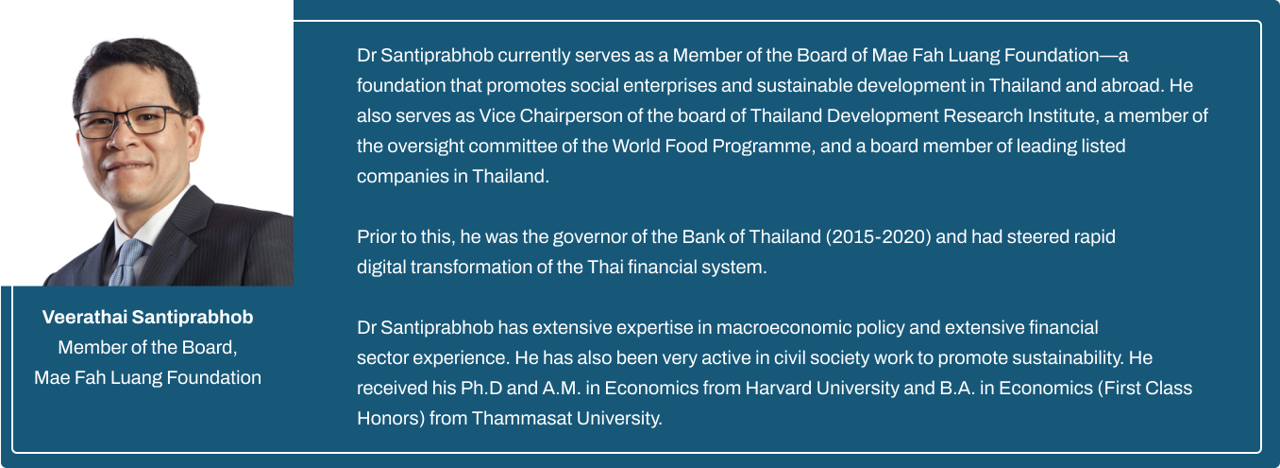Standfirst: In the heart of Bulukumba Regency, Indonesia, the Kajang tribe faces a unique challenge: integrating their traditional knowledge and values with the formal education system. This article examines the complexities of this endeavor, highlighting both the obstacles and opportunities for culturally relevant education in the region.
The Kajang tribe, known for their deep connection to the forest and their adherence to the "Passang Ri Kajang," a traditional code of conduct, holds a wealth of knowledge about sustainable living and environmental stewardship. However, this knowledge system often clashes with the formal education system in Bulukumba Regency, creating a dilemma for Kajang children and educators.
Challenges to Education in Tana Toa
Several factors contribute to the challenges faced by Kajang children in accessing and benefiting from education:
- Cultural Differences:
The Kajang's emphasis on simplicity and their traditional attire, characterized by black clothing, contrasts with the uniforms and practices of formal schools. This can lead to feelings of exclusion and discomfort for Kajang students. - Economic Factors:
Many Kajang families rely on their children's labor for agricultural activities, particularly during harvest seasons, leading to absenteeism and disruptions in their education. - Socio-cultural Barriers:
Some aspects of formal education, such as standardized testing and curriculum content, may not align with the Kajang's traditional values and learning styles. This can create a disconnect between the education system and the community's cultural context.
Integrating Indigenous Knowledge
Despite these challenges, there is a growing recognition of the importance of incorporating indigenous knowledge into the education system in Bulukumba Regency. Integrating the Kajang's traditional knowledge and values into the curriculum can offer several benefits: - Culturally Relevant Education:
By incorporating the "Passang Ri Kajang" and other aspects of Kajang culture, education can become more relevant and meaningful for Kajang children, fostering a sense of identity and pride in their heritage. - Environmental Awareness:
The Kajang's deep understanding of ecological balance and sustainable practices can be valuable in promoting environmental awareness among all students in Bulukumba Regency. - Holistic Learning:
Indigenous knowledge systems often emphasize holistic learning, connecting different subjects and promoting a deeper understanding of the interconnectedness of all things.
Successful Initiatives and Future Directions
There have been some successful initiatives in Bulukumba Regency to integrate Kajang traditions into schools. For example, schools in the Tana Toa area have allowed students to wear black and white clothing, accommodating the tribe's cultural norms.
Further efforts are needed to bridge the gap between tradition and modern education. This includes: - Curriculum Development:
Developing curriculum materials that incorporate the "Passang Ri Kajang" and other aspects of Kajang culture. - Teacher Training:
Providing teachers with training on culturally responsive pedagogy and indigenous knowledge systems. - Community Engagement:
Engaging Kajang elders and community leaders in the education process, ensuring that their knowledge and perspectives are valued and respected.
Conclusion
Weaving education and tradition in Bulukumba Regency requires a collaborative effort between educators, community leaders, and policymakers. By embracing the Kajang tribe's unique knowledge and values, the education system can become a powerful tool for cultural preservation, environmental sustainability, and the empowerment of indigenous communities.
Posted 18/01/2025

















